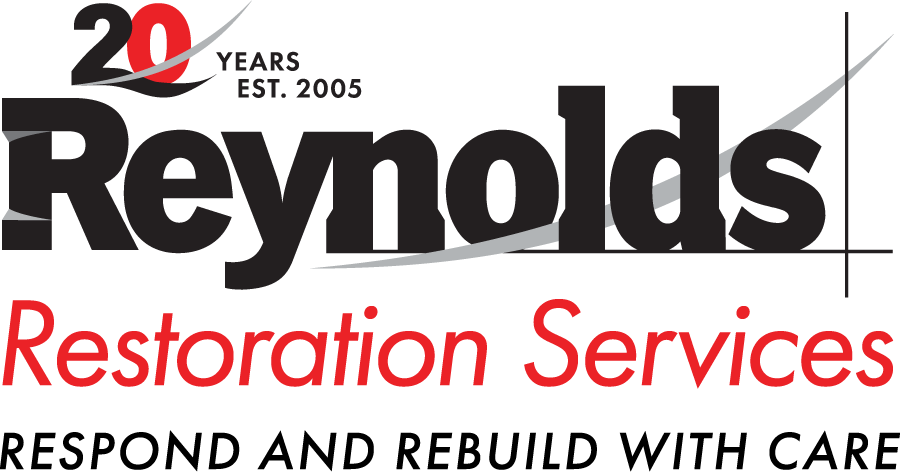School’s out for the summer—but that doesn’t mean your school building should sit idle. In fact, summer is the ideal time to take proactive steps to maintain your facility—especially your HVAC system. Without regular use and upkeep, unoccupied schools are at higher risk for mold growth. Prioritizing school mold prevention during the summer months helps reduce health risks and avoid costly remediation down the road.
Why Mold Prevention in Schools Is Essential
As your school sits empty during the summer months, humidity levels rise, and airflow decreases—creating the perfect conditions for mold growth. When students, teachers, and administrators return in the fall, they may face poor indoor air quality and increased allergen exposure. Mold can cause:
-
Throat irritation and coughing
-
Nasal congestion and eye irritation
-
Wheezing and asthma flare-ups
-
Skin irritation and rashes
These symptoms can lead to increased absenteeism among students and staff, disrupting the educational experience and straining district resources.
The key to mold prevention in schools is early detection and moisture control.
Where Mold Commonly Grows in Schools
Mold thrives in dark, damp, and humid environments. In schools, mold is most likely to grow on or in:
-
Carpeting, paper, insulation, and wood
-
Ceilings and behind ceiling tiles
-
HVAC systems and ductwork
-
Window sills and around plumbing fixtures
-
Behind drywall and wall cavities
-
Library books and periodicals
Once moisture is introduced—through leaks, condensation, or high humidity—mold can begin growing within 24 to 48 hours.
How to Reduce Mold Growth in Schools
According to the Environmental Protection Agency, many moisture problems in schools are the result of roof or plumbing leaks, poor HVAC operation, or insufficient maintenance. Budget constraints often delay necessary upkeep, but the long-term cost of mold remediation far exceeds that of preventative maintenance.
Here are expert-recommended strategies the team at Reynolds Restoration Services to help reduce mold growth, not only in the summer, but year-round:
-
Conduct indoor air quality testing quarterly to detect early signs of moisture or contaminants.
-
Maintain indoor humidity levels between 30–50% using properly functioning ventilation and dehumidification systems.
-
Insulate cold-water pipes to prevent condensation that feeds mold growth.
-
Remove mold-damaged materials such as ceiling tiles and carpet promptly.
-
Avoid installing carpet in high-moisture areas like locker rooms, cafeterias, and near water fountains.
-
Dry and clean all water spills or leaks within 48 hours to prevent mold growth.
-
Establish a clear reporting protocol so teachers and staff can report suspected mold quickly.
-
Train building occupants on how to spot mold early and take appropriate action.
Learn About Our Mold Removal Services
Need Professional Mold Remediation? We’re Here to Help.
At Reynolds Restoration Services, we specialize in mold remediation for schools in Harrisburg, PA; Philadelphia, PA; and the Baltimore/DC Metro area. Our team uses industry-best techniques and equipment to contain and remove mold safely—without spreading harmful spores to other areas of your building.
Why Choose Reynolds for Mold Remediation?
-
Over 20 years of experience in environmental and disaster restoration
-
24/7 emergency response teams ready to assist
-
Independently owned and locally operated for faster response times
-
Trained specialists using state-of-the-art equipment and containment methods
Don’t wait for students and staff to return to discover a mold problem. Take advantage of summer break to inspect, maintain, and improve your school’s indoor air quality.
Contact Reynolds Restoration Services today to schedule an inspection or learn more about our mold remediation solutions for schools.

President of Reynolds Restoration Services. Over 20 years of experience in the emergency restoration industry.

